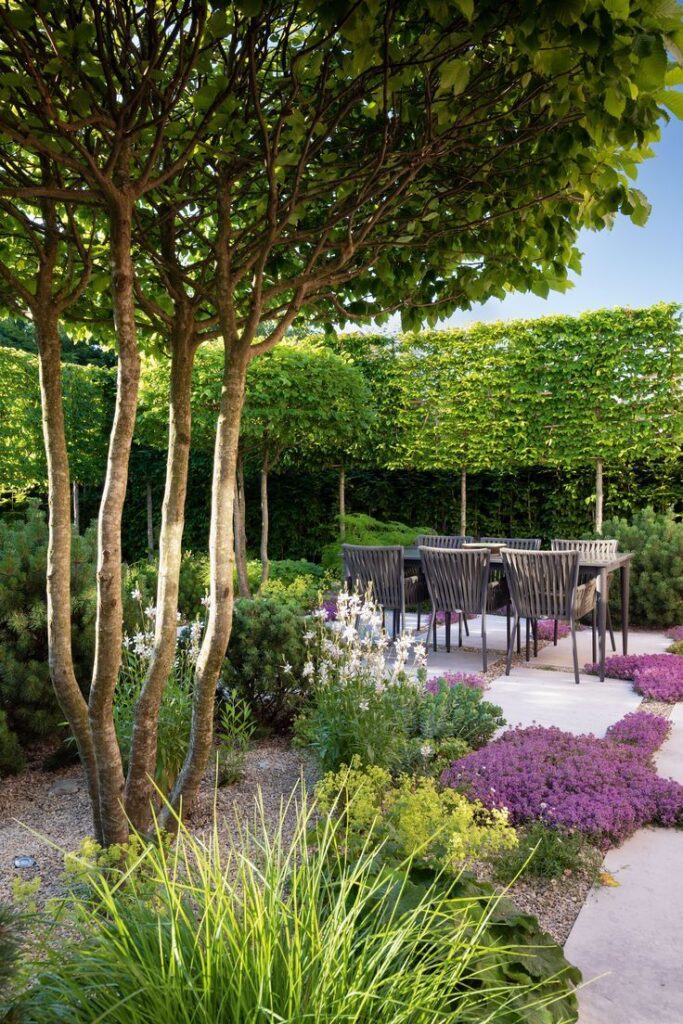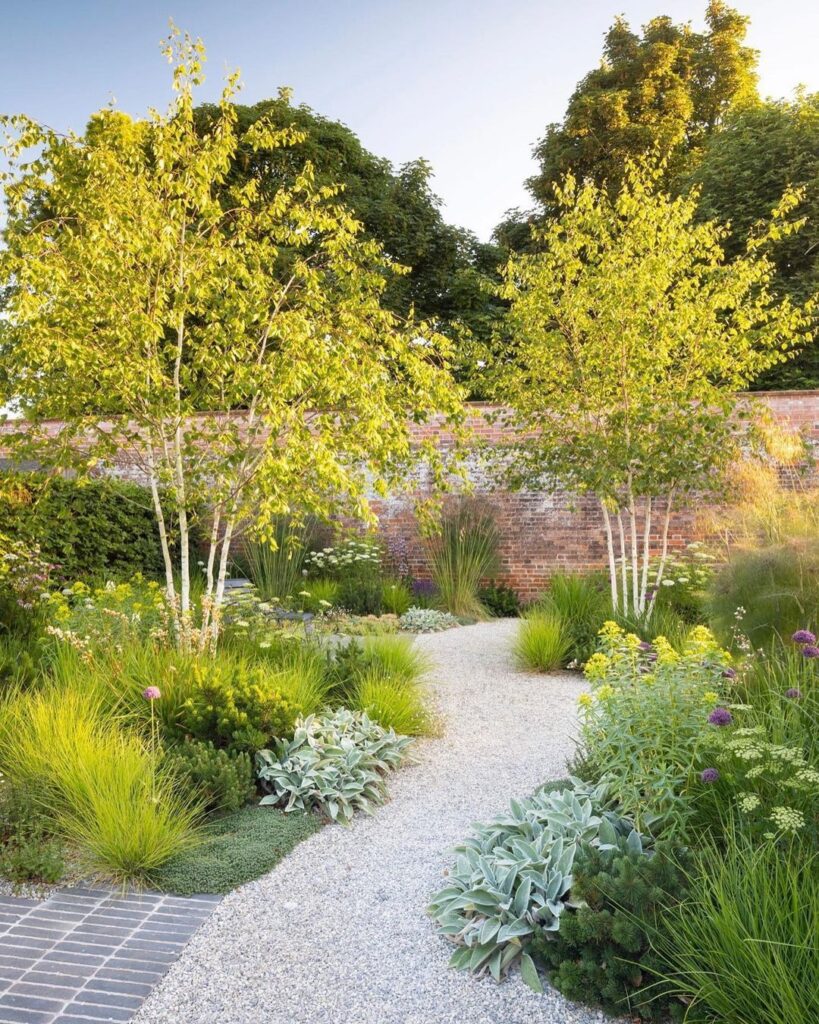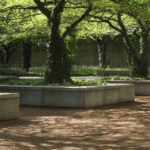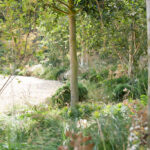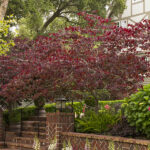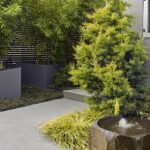Garden design often includes the use of trees to create a beautiful and functional outdoor space. Trees can add height, visual interest, and shade to a garden, and they can also provide habitat for wildlife, increase property value, and improve air quality. When selecting trees for a garden, it is important to consider factors such as size, shape, and maintenance requirements.
One of the key considerations when choosing trees for a garden is size. It is essential to select trees that will not outgrow the space or interfere with other plants, structures, or utilities. It is also important to consider the mature height and spread of the tree to ensure it fits the scale of the garden and does not overwhelm the space.
In addition to size, the shape of a tree can also impact its suitability for a garden. Some trees have a narrow, columnar shape that is ideal for tight spaces or to create a vertical accent in the garden. Other trees have a broad, spreading shape that can provide shade and visual interest. The shape of a tree can also impact its growth habit, such as whether it is upright, weeping, or cascading.
Maintenance requirements are another important consideration when selecting trees for a garden. Some trees are low-maintenance and require minimal pruning, watering, and fertilizing. Other trees may be more high-maintenance, requiring regular pruning, pest management, and feeding. It is important to choose trees that match the level of care that can be provided in the garden.
Another factor to consider when designing a garden with trees is the overall aesthetic of the space. Trees can be used to create a focal point, frame a view, provide a backdrop, or define a boundary. The color, texture, and form of a tree can enhance the visual appeal of a garden and complement other plants and hardscape elements.
When designing a garden with trees, it is important to consider the ecological benefits they can provide. Trees can provide habitat for birds, insects, and other wildlife, increasing biodiversity in the garden. Trees also help to improve air quality by absorbing carbon dioxide and releasing oxygen, as well as reducing noise pollution and providing shade to cool the surrounding environment.
In conclusion, trees are a valuable addition to any garden design, offering a range of benefits including height, visual interest, shade, habitat, property value, and air quality improvement. When selecting trees for a garden, it is important to consider factors such as size, shape, maintenance requirements, aesthetics, and ecological benefits to create a beautiful and functional outdoor space.

